Why some Seattle area seniors are choosing dorm-sized apartments
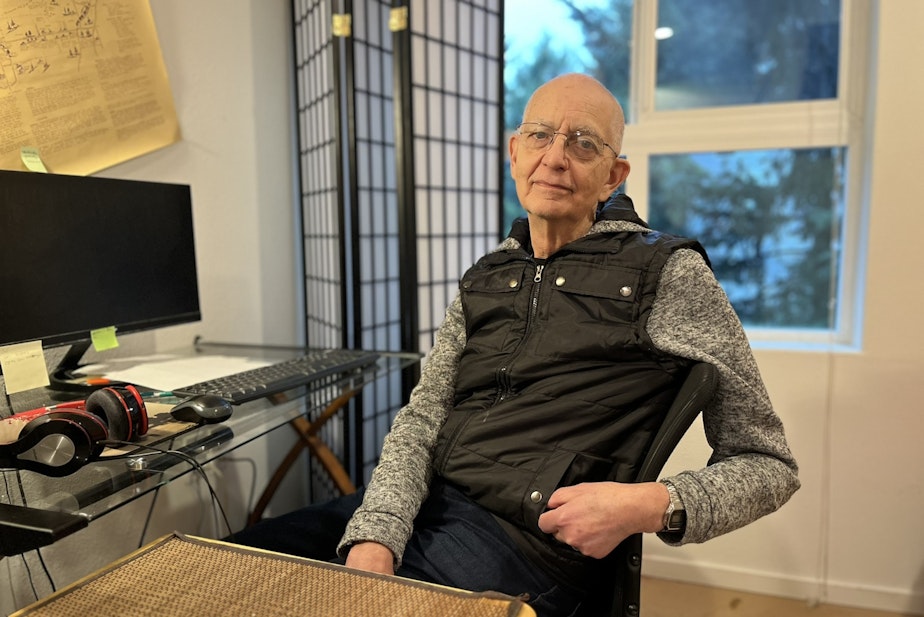
An old kind of housing is making a comeback. It’s kind of like a dorm for adults, but where people have their own bathrooms.
The epicenter of this micro-housing renaissance is in Redmond and Kirkland.
And it’s getting noticed by lawmakers, as well as by seniors.
C
arl Wade is 79 years old and lives in a space the size of a one-car garage.
“My kitchen, if you want to call it a kitchen," Wade said as he gestured to a stub of counter space. "I’ve got a microwave, kind of a dorm-sized refrigerator, a crockpot, and that’s pretty much it.”
He loves it. He’s got friends there.
“Down in the lobby, we play monopoly,” he said.
Sponsored
Carl’s building, called Arete, is located in the heart of Kirkland, right across the street from Google’s new campus.
The reason he can afford this high-rent area is because his apartment is so tiny.
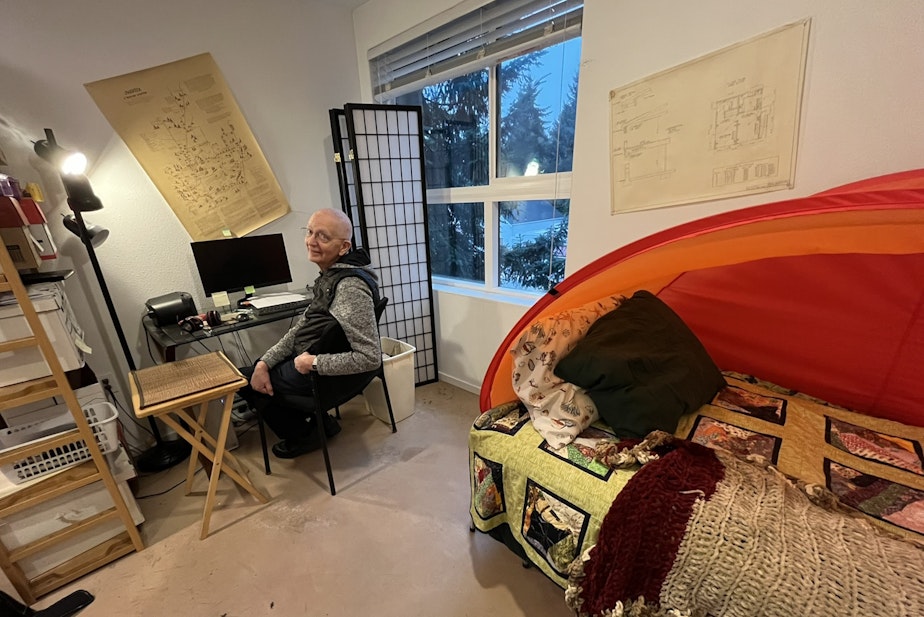
Today, Carl can’t imagine living in a larger space, like a two-bedroom home.
“What am I gonna do with a two bedroom?" he asked. "Pretty soon I’d have my wayward son coming, ‘Oh Dad, can I live with you again?’ or, ‘You need a pet.’”
Another advantage of this place is that it’s close to his job. He cuts hair at a barbershop just three blocks away.
“My customer says, ‘Carl, you’re gonna get fat, because you’re walking so little,’” Wade said.
To compensate, he walks far out of his way in the morning, so he can get more steps in.
Sponsored
Sponsored
Buildings packed with tiny apartments used to be common. According to the Sightline Institute, they once represented 10% of the rental stock in some U.S. cities.
They went by many different names — boarding houses, Single Room Occupancy residential hotels.
But whatever they were called, they were among the most affordable market rate apartments available.
Go deeper on tiny apartments with the first episode of our economy podcast, "Booming:"
Sponsored
Today, those tiny apartments are nearly extinct, due to modern regulations, like parking requirements and density caps.
About 10 years ago, Seattle tried to bring back micro-apartments, but today's rules make them challenging to build in most neighborhoods, according to architect David Nieman, who has promoted the style.
After Seattle, Kirkland and Redmond made them easier to build by relaxing parking requirements.
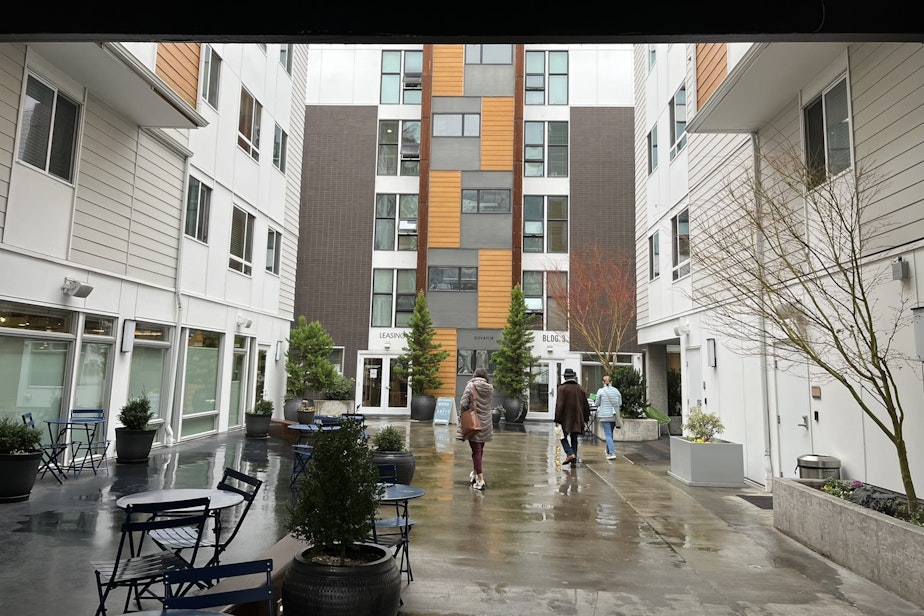
Sponsored
These apartments aren't cheap to rent. But they are relatively inexpensive, in each neighborhood where they're located. Across the street from Google, Carl Wade's apartment costs around $1,300 a month. But that's significantly less than new studios available in the same neighborhood, which go for $2,000 a month on average.
Now, lawmakers like state Rep. Mia Gregerson, a SeaTac Democrat, and Senator Jesse Salomon of Shoreline want to revive the building style statewide.
“I think of them as a lot like a really nice hotel room,” Gregerson said.
Microhousing is designed for single people living alone. For example, two-thirds of the residents in the Arete are under 35 years old.
But Gregerson’s “Co-Living” bill has also won the backing of the American Association of Retired Persons. Cathy MacCaul is the advocacy director of the AARP in Washington state.
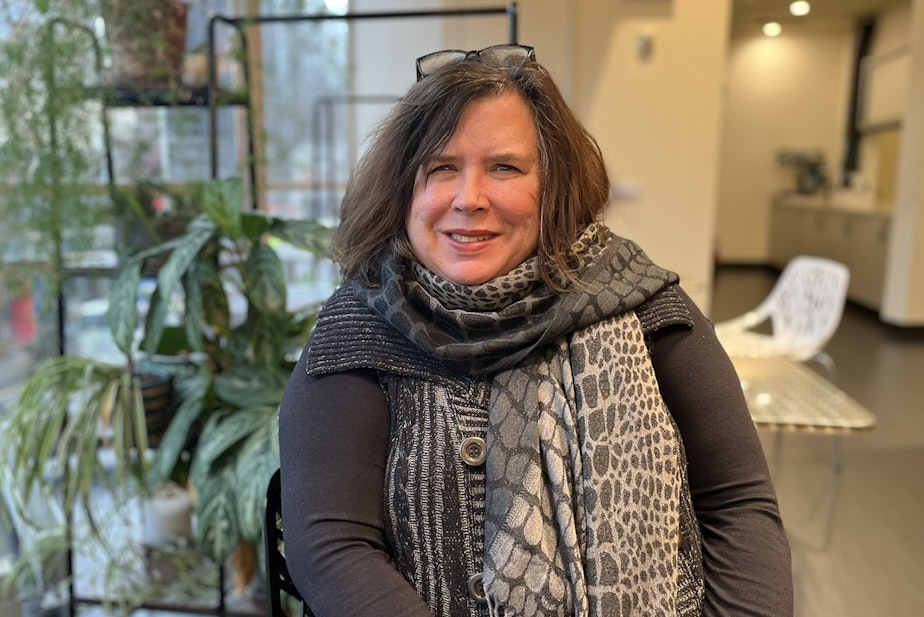
“People want to age in place, which means they want to age in their community where they live,” MacCaul said.
She said these small apartments would be great for seniors, many of whom are single and don’t drive.
Plus, she said, “it’s more affordable, and it also creates a sense of community in that building,” because people in small apartments tend to gather in the lounge area more often.
Sponsored
That sense of community also excites Rep. Gregerson, who wants that option for her mother. Her mother currently lives independently on the top floor of Gregerson’s house.
“Having this as an option, and then getting all of my mom’s best friends to live in a place where they can talk about their ailments and I don’t have to hear about it all the time — Ha! Now I sound like a therapy session,” she said.
Gregerson's bill, and a similar bill in the state Senate, would allow such buildings and reduce their parking requirements, so they can proliferate everywhere apartment buildings are allowed.
It's a response to the fact that parking garages make housing expensive, Gregerson said.
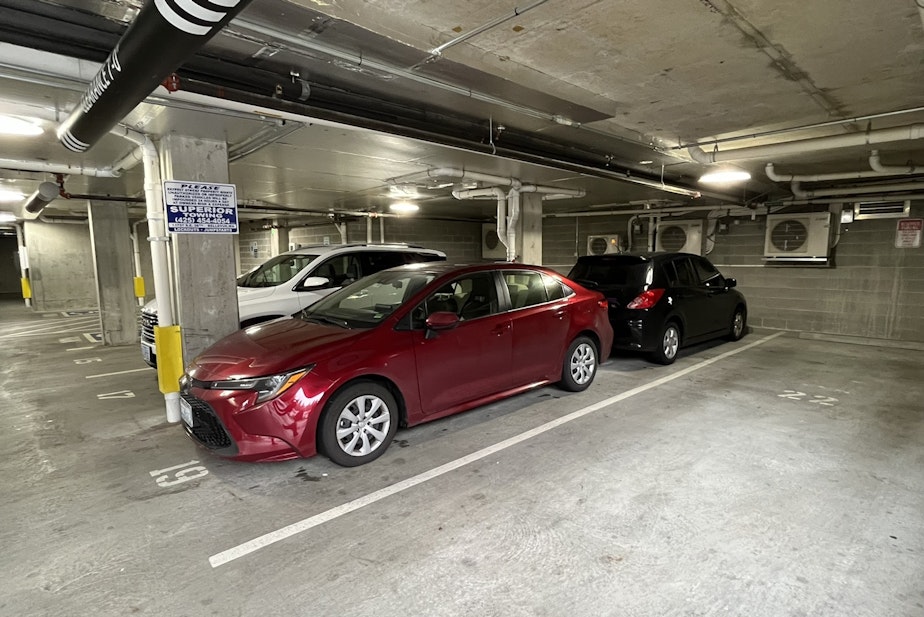
But it’s the parking part of the Co-Living bill that most concerns Paul Jewell, lobbyist for the Association of Washington Counties.
“Many of our planners believe that these types of facilities attract parking demand," Jewell said. "And without enough parking, right-sized parking, the concern is of course that that demand will just be then foisted on the local government to provide.”
He means the new residents will use up or require more street parking.
Jewell said his group doesn’t mind this sort of housing, but he’s hoping to use his concerns as leverage to bring changes to the bill.
The Association of Washington Cities takes a similar position.
Back at the Arete in Kirkland, Carl Wade, says he’s happy with his simplified lifestyle.
“I don’t miss having a lawn that I have to mow," he said. "I’ve found that having things is just more things to dust, or maintain, or take care of. I guess I’m lazy.”




